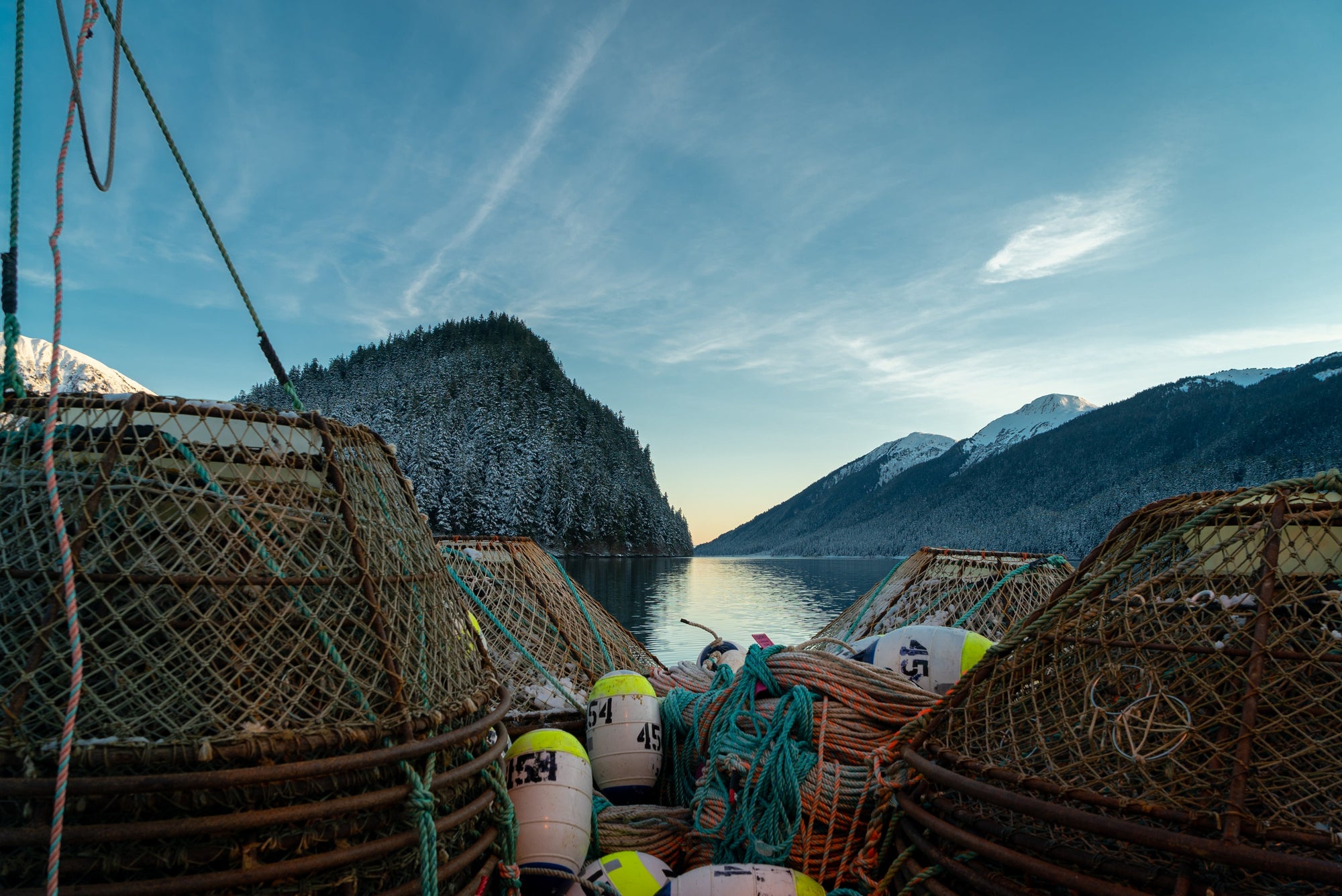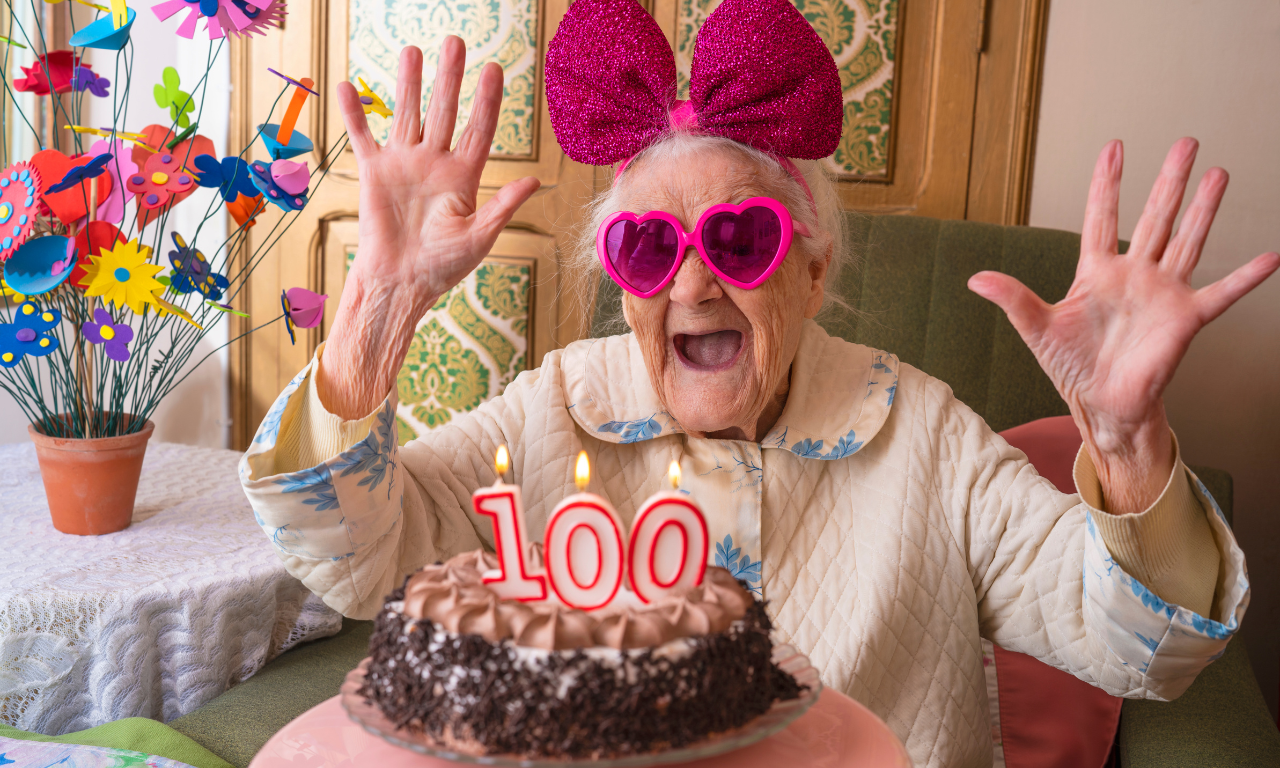PNW kids, do you remember when you learned all the different types of PNW salmon using your fingers as a guide?
Thumb = Chum
Pointer = Sockeye
Middle = King
Ring = Silver
Pinky = Pink
If you don't remember, that was a quick lesson!
Salmon come in various species with their own unique textures, flavors, and stories. Premier Catch sells only the highest quality Wild Caught King and Sockeye Salmon from the waters of Southeast Alaska.
King Salmon aka Chinook, is the fattiest of all the salmon species. It contains more omega-3's and has a lighter color and is thicker in size than Sockeye. Our King Salmon is caught in the Winter and the Summer in Southeast Alaska. Our boats are catching these beauties on their way toward the Taku River.
Sockeye Salmon is leaner than king, making it slightly thinner in size, and slightly lower fat content. However, sockeye is the most beautiful of them all. Sockeye is known for its deep red color that remains even when cooked. Sockeye eat more shrimp and krill than the other types of salmon, which contain more carotenoids (the same nutrient that makes carrots orange) making their flesh that deeper red color. Our sockeye is also caught in the waters of Southeast Alaska.
Side note: "Wild Atlantic Salmon" swim off the east coast of Canada and the US, and the south coast of Greenland and are an endangered species, so this label cannot exist in a restaurant or grocery store. Anywhere you see "Atlantic Salmon" means that it is farm raised.
Additional side note: "Farmed Salmon" does not have strict labeling laws and is frequently found in restaurants and grocery stores labelled as "wild." You can spot the difference if you see the terms "sustainably harvested" (farmed), farm raised, or "wild Atlantic salmon," or if the white fat lines are very thick. Wild salmon do have white fat lines, but tend to be thinner as the fat is attached more deeply to the muscle. Farmed salmon are fed a diet of processed fish meal and color dyes in order to "fake" the dark red and pink color of wild salmon. Typically they are over-fed to fatten them up, and aren't allowed much swimming room (to help keep them nice and fat). Let's help support our local fishermen and eat wild!

Ashley Besecker is the co-founder of Premier Catch and Director of Health and Nutrition. She is a registered dietitian nutritionist, certified dietitian, and nutritional genetics specialist. Ashley's blog covers the nutritional benefits of eating sustainable, wild seafood and more details on Premier Catch's sustainability commitment.


